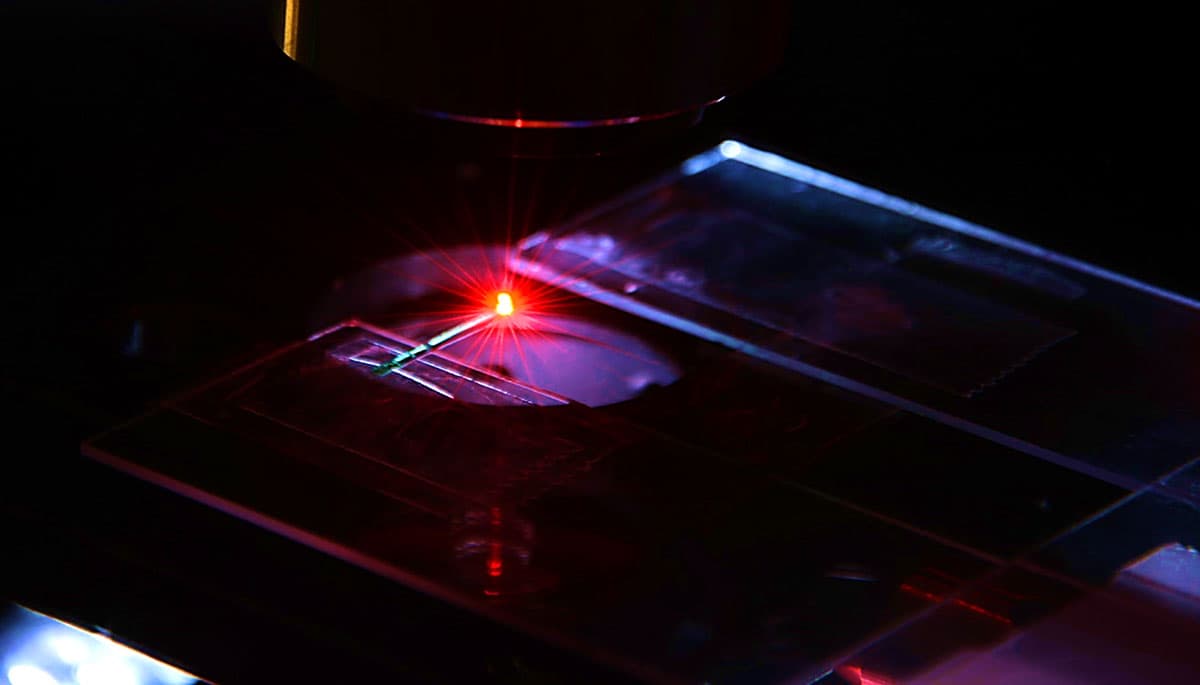Lasers — Not that kind but cooler
Optofluidics, including the use of lasers, is not a new technology. Simply put, it is the application of some form of light to a liquid that serves as an amplifier, projected unto a reflective cavity. This technology is often used in medical research and surgery, like the use of infrared in scanning and imaging.
A group of researchers thought of a way to refine this technology, producing lasers with human blood.
It's not exactly like the lasers in Star Wars, but it's just as cool.
Human blood and an FDA-approved fluorescent dye called indocyanine green (ICG) made all the difference. ICG has been used for decades now in imaging retinal blood vessels in ophthalmology. But without blood, "it doesn't work at all," says Xudong (Sherman) Fan, speaking to New Scientist. Fan is a professor in Biomedical Engineering at the University of Michigan.
Better tumor imaging
The researchers shone a form of infrared light on a reflective cylinder containing human blood with ICG as the amplifying material. The result was bright. The blood shone with the light, as ICG glows when mixed with protein in plasma.
With the light reflected back out, the researchers were able to observe cell structures and minuscule changes within the blood on a molecular level. The resulting fluorescence produced better imaging than current and existing techniques. Since ICG works well with blood, tissues that have a higher concentration of blood vessels — like tumors — will shine brighter.
Once the technology is refined to work on humans, this will be very useful in early cancer detection. “Eventually, we are trying to do it in the human body,” says Fan, but they are ensuring that the laser output is lower than recommended safety limits. “You don’t want to burn the tissue.”
Share This Article
